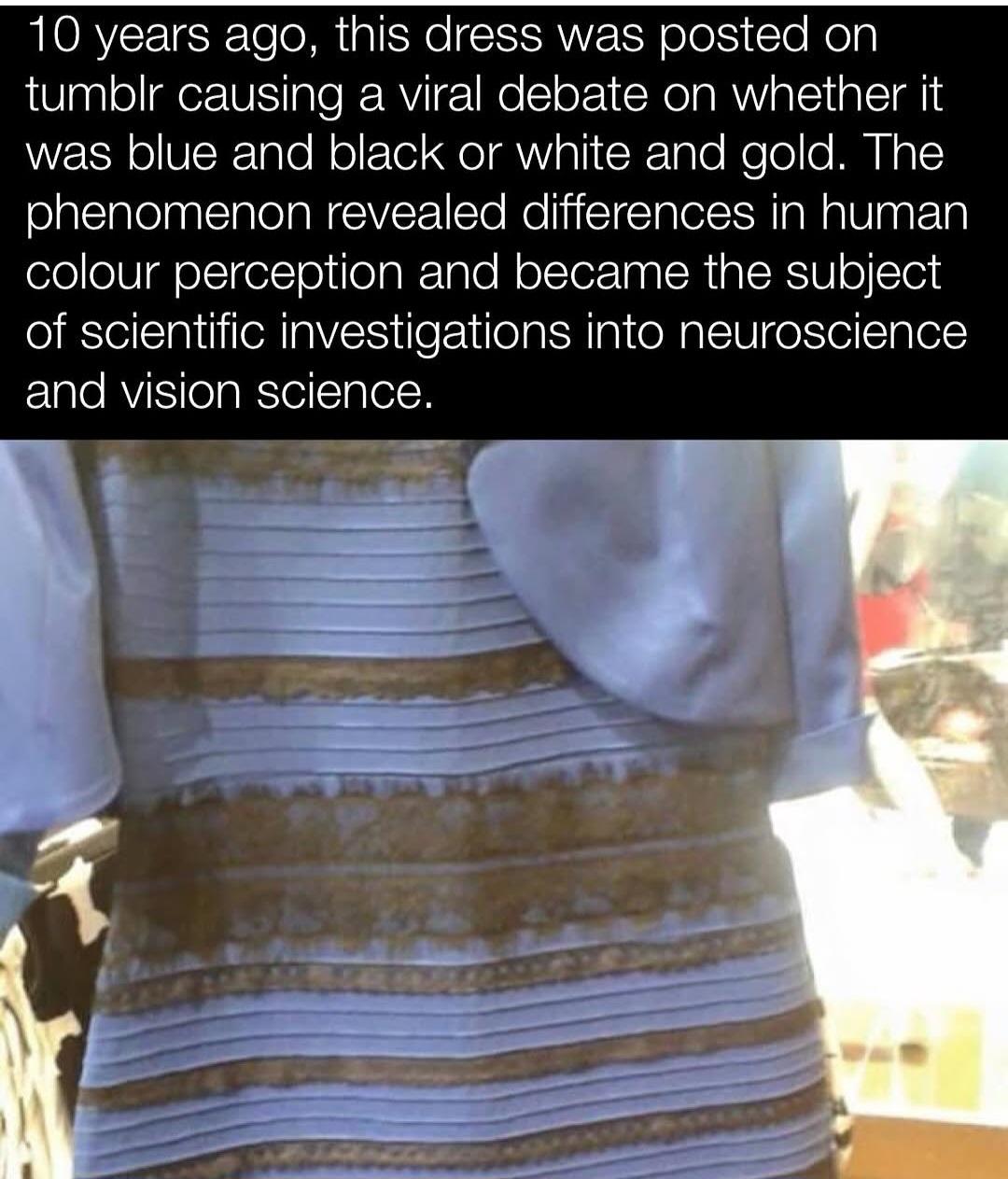this post was submitted on 21 Jun 2025
716 points (90.5% liked)
memes
15709 readers
2684 users here now
Community rules
1. Be civil
No trolling, bigotry or other insulting / annoying behaviour
2. No politics
This is non-politics community. For political memes please go to !politicalmemes@lemmy.world
3. No recent reposts
Check for reposts when posting a meme, you can only repost after 1 month
4. No bots
No bots without the express approval of the mods or the admins
5. No Spam/Ads
No advertisements or spam. This is an instance rule and the only way to live.
A collection of some classic Lemmy memes for your enjoyment
Sister communities
- !tenforward@lemmy.world : Star Trek memes, chat and shitposts
- !lemmyshitpost@lemmy.world : Lemmy Shitposts, anything and everything goes.
- !linuxmemes@lemmy.world : Linux themed memes
- !comicstrips@lemmy.world : for those who love comic stories.
founded 2 years ago
MODERATORS
you are viewing a single comment's thread
view the rest of the comments
view the rest of the comments

When you look at the checker shadow illusion, do you see the pixels as identical in color? If not, then obviously there's more to human perception than just the color of the pixel code.
That is witchcraft.
Depends on whether I zoom in so the color fills the screen or not. This doesn't change the color values that appear on the screen.
It sounds like you're agreeing with me that color perception relies on context, not just the color code of the pixel on the screen.
Right. Since we have no context, the dress is white and gold objectively. Assuming context of the color of the light is incorrect, we don't have it. The dress is actually black and purple but the image is doctored to be white and gold. So it's white and gold. The image is not the object. We're talking about the image, not the object.
Zooming up on the checker, it's objectively gray. Zooming out, it's objectively white. The only correct interpretation is the shadow darkens the image. But in the dress picture, we don't know what the color of the light is, so it's not comparable.
The actual physical object photographed is black and blue.
White and gold appear when the brain makes the assumption that the dress falls within a shadow (effectively applying a filter that shifts the white balance towards bluer colors and brightness down significantly compared to direct sunlight). Only in real life, the photographed dress did not fall within a shadow, and instead was affected by a yellowish lens flare, so the subconscious color correction that leads a viewer to assume white and gold was erroneously applied.
I see white and gold. But to claim that it's "objectively" white and gold ignores how the human brain perceives color and ignores that the actual photograph was a blue and black dress.
Why do you assume it's a yellow tint? What if all the objects in the back are simply yellow?
The actual object is blue, the actual photograph is white. They are two separate concepts. We only think it's blue because we were told - how do we even know that's true, have you seen the dress in person? Using a color picker is the only objective solution that doesn't rely on flawed interference.